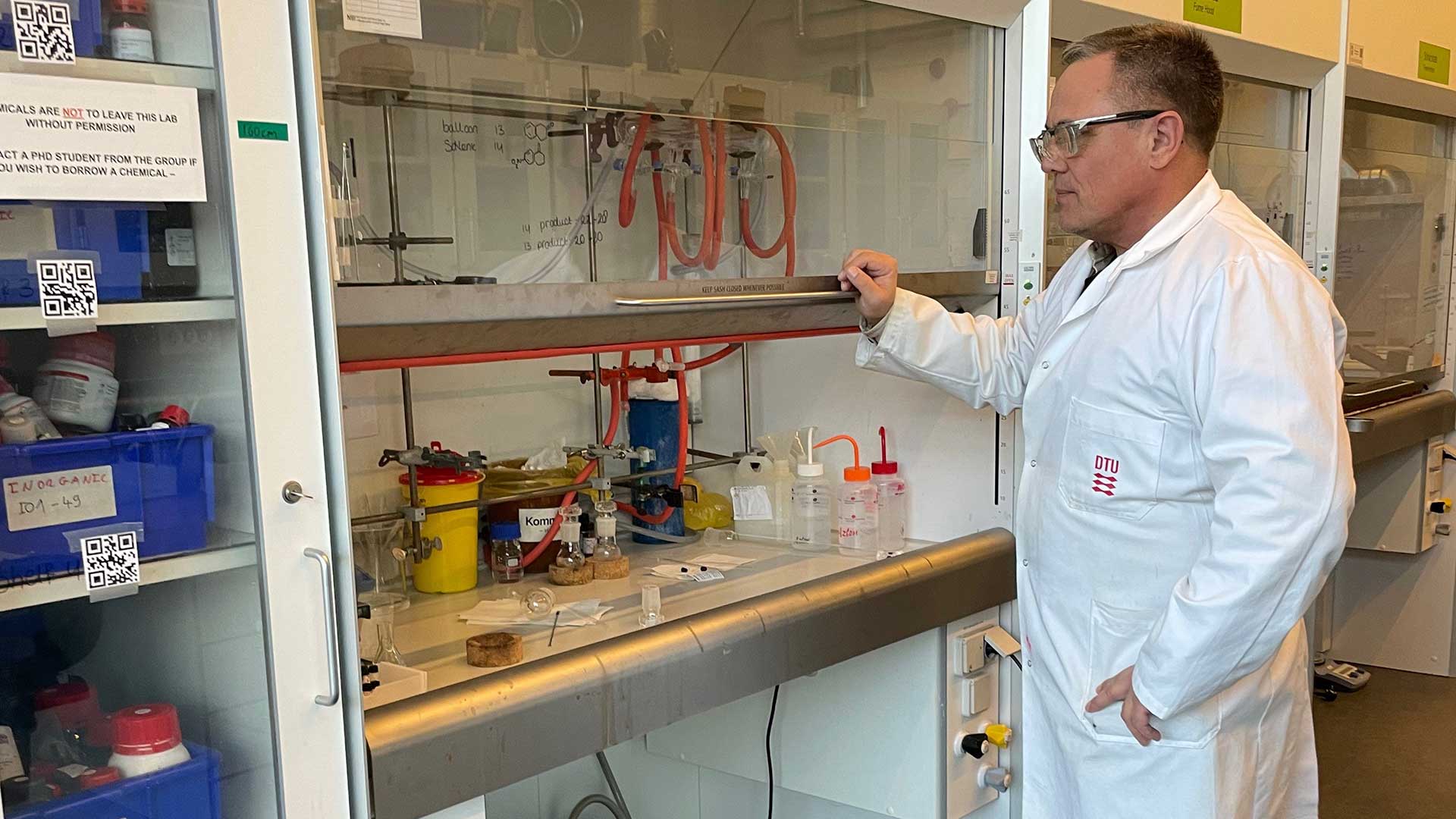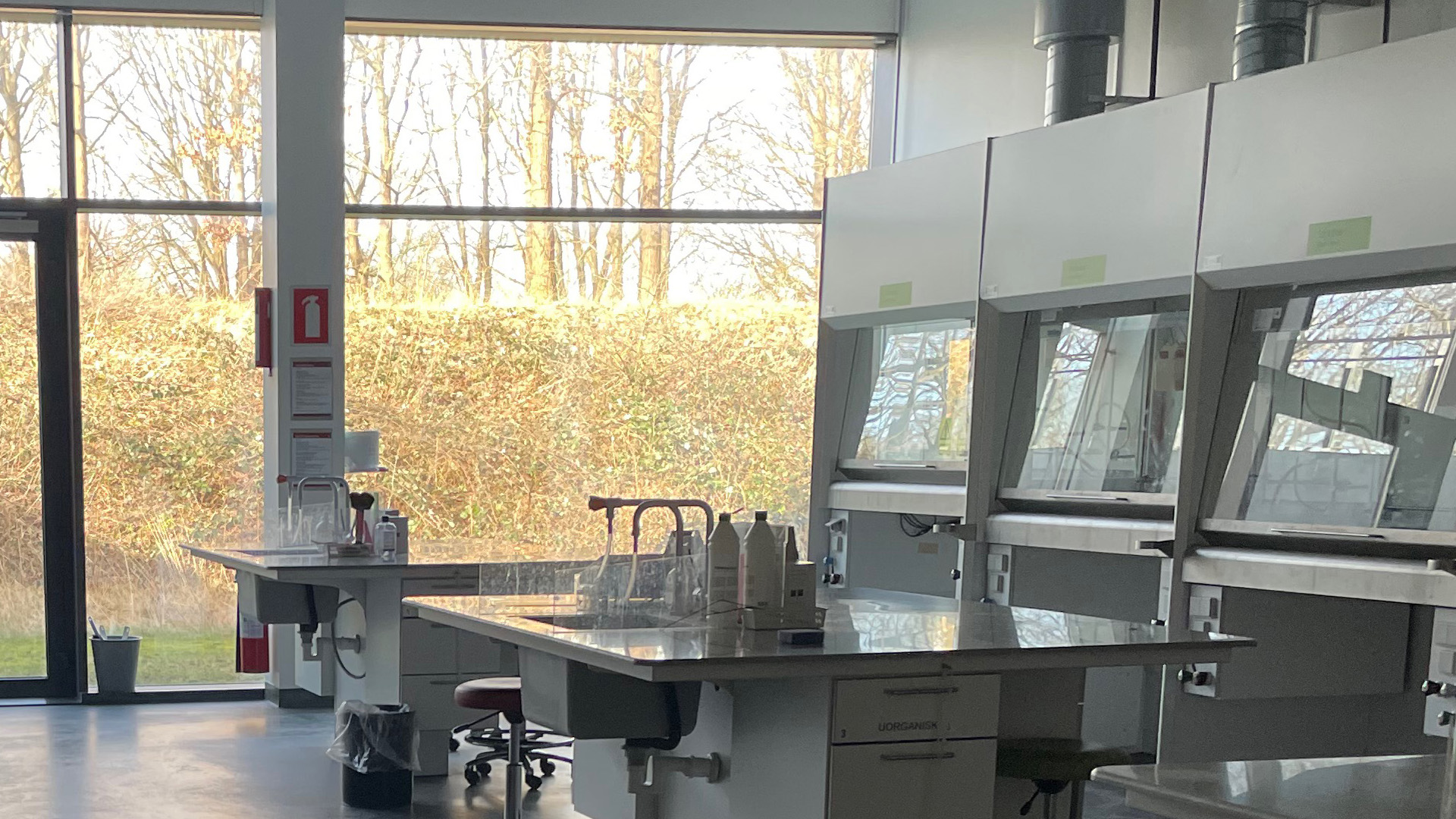Pilot project
Building 211 is called Denmark’s largest fume hood due to the total volume of air replaced per hour in the laboratories. The ground floor contains four teaching laboratories, while the eight laboratories on the first floor are used by researchers. The second floor contains ventilation systems, vacuum pumps, and installations.
The project with switching off the fume hoods in the teaching laboratories is still in the exploratory phase, and Campus Service, DTU Chemistry, and the department’s occupational health and safety organization are working to find the best and safest solution for how this can be implemented.
“We’re engaged in the project description and thorough risk assessment in a collaboration between DTU Chemistry and Campus Service,” says Lene Kuszon, Project Manager in Campus Service.
Energy reductions
A calculation shows that the department can save up to 5,000-7,000 kilowatt hours on electricity and heating per fume hood per year if the exhaust ventilation is switched off when there is no teaching. This corresponds to approximately the annual consumption of a single-family home.
The experiences from the pilot project can be used to spread the switching off of fume hoods in teaching laboratories on DTU’s campuses. It will be up to the individual departments to assess whether the hoods in their teaching laboratories can be switched off when they are not being used.
Must remove all chemicals and turn off a switch
Laboratory Manager at DTU Chemistry Bodil Fliis Holten is behind the proposal to switch off the fume hoods when they are not in use, and DTU Chemistry contacted Campus Service to examine possible options.
“Our laboratory technicians—who assist in the teaching and prepare the lab equipment—thought it was a good idea,” says Bodil Fliis Holten.
The solution is being developed, but it may be a dedicated switch where only the fume hoods are turned off/on in the laboratory, and it must be very clear both in and outside the room that the fume hoods have been switched off.
“This isn’t possible in our research laboratories, but it can be done in our teaching laboratories, because, as laboratory technicians, we can guarantee that the fume hoods in the classrooms are free of chemicals,” says Bodil Fliis Holten about the teaching laboratories, which are used by up to 300 students annually.

